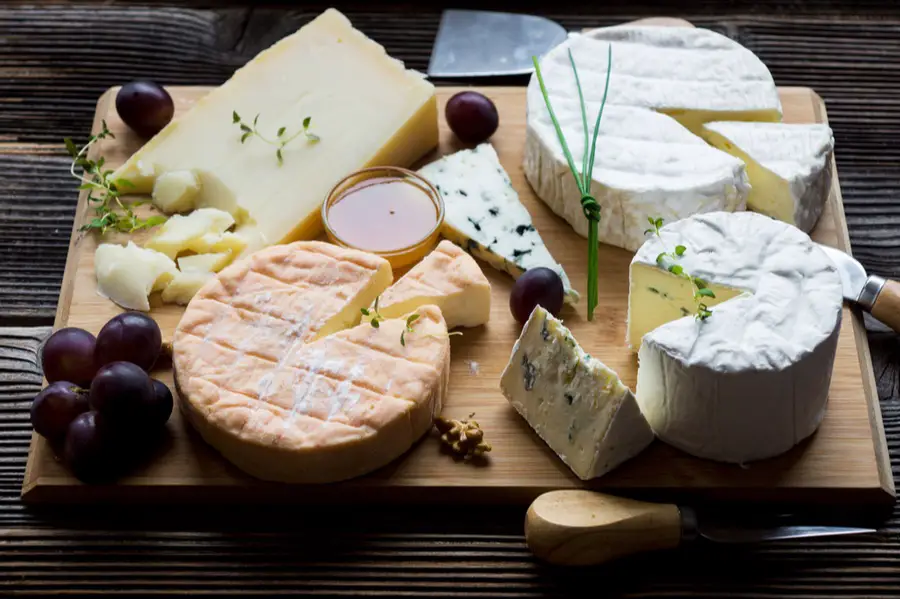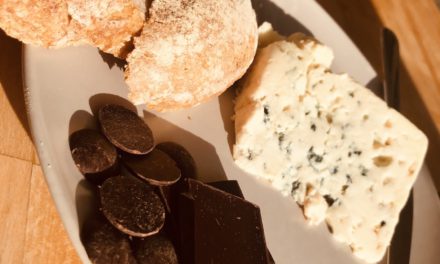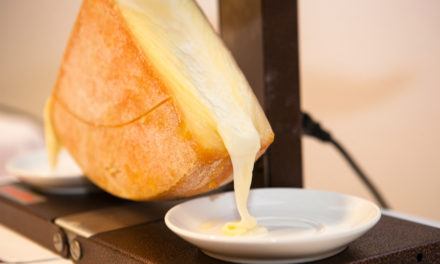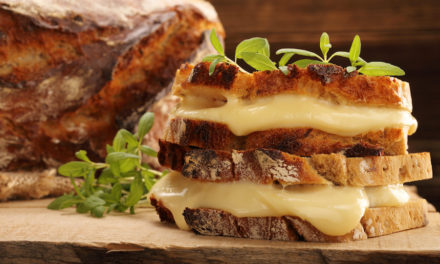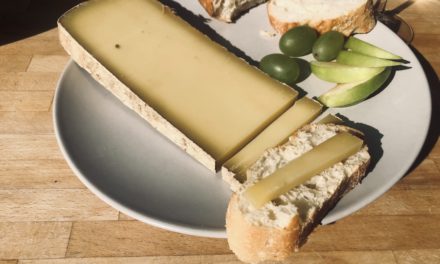Personally, I would like to live in a house made of cheese like Monica’s dream from the US series “Friends”. What about you? If your answer is yes, then you should come and live in France, or at least spend a long holiday, because France seems to be a big house made of cheese. I say this because there are so many cheeses in the hexagon that we can’t even imagine it.
In fact, there is no official data, it is impossible to do so. This is because there are cheeses that belong to communities and are not available throughout the country, or farms that make their own cheese and stop producing it when the owners retire; in the same way, new cheeses are created when a young farmer couple starts with their young dreams. In short, cheeses are constantly invented and discontinued.
Yet according to “Le centre national interprofessionnel de l’économie laitière (Cniel)” there are more than 1200 different varieties of cheeses, creams and butters in France. Of these 1200 cheeses that are available, there is a small group that dominates the market, well I say small, but it is not small, there are more than 60 different cheeses, each with its own character and trajectory recognized for generations, which is validated today thanks to the PDO and PGI certification that many of these cheeses have.
How many PDO and PGI cheeses does France have?
In terms of PDO dairy products alone, France has 51 products, including 46 cheeses, 3 butters and 2 creams. They also have 9 cheeses with a label PGI.
This makes France the leading country in the European Union in terms of PDO dairy products. This seeks to maintain the prices of the products and therefore an adequate remuneration for producers, but above all it assures the consumer of the quality of the product, since with the certification they obtain a guarantee in the methods of production, the place of origin and the quality of the raw materials. As the certification is granted by the European Union, it is valid in all 27 countries and even in external countries with which agreements exist.
To give you an idea of what PDO certification represents for the French economy, 21% of dairy cow breeders, 93% of dairy sheep breeders and 36% of goat breeders are involved in at least one production of a cheese with a protected designation of origin.Of these 46 PDO-certified cheeses, the first cheese to obtain AOC certification (the national predecessor of PDO certification) was Roquefort, which obtained the French national certification “Appelation d’origine controlée AOC” in 1925.
If you are wondering, what is a PDO or PGI?
These are quality labels created by the European Union to protect and promote the origins, traditions, and unique characteristics of many typical EU products. They are detailed below:
Protected Designation of Origin (PDO):
Created in 1992, it seeks to certify a product that is recognized among consumers, where all stages of the production, transformation and preparation process must take place in the specific region.
In other words, it is produced in a defined geographical area following a regulated transformation process, respecting the traditional “savoir faire”. In the case of cheese, the feeding of the cows, the transformation of the milk and the maturing of the cheese must take place within the same established geographical area.
If you want to see an example, you can read everything you need to know about French Camembert cheese.
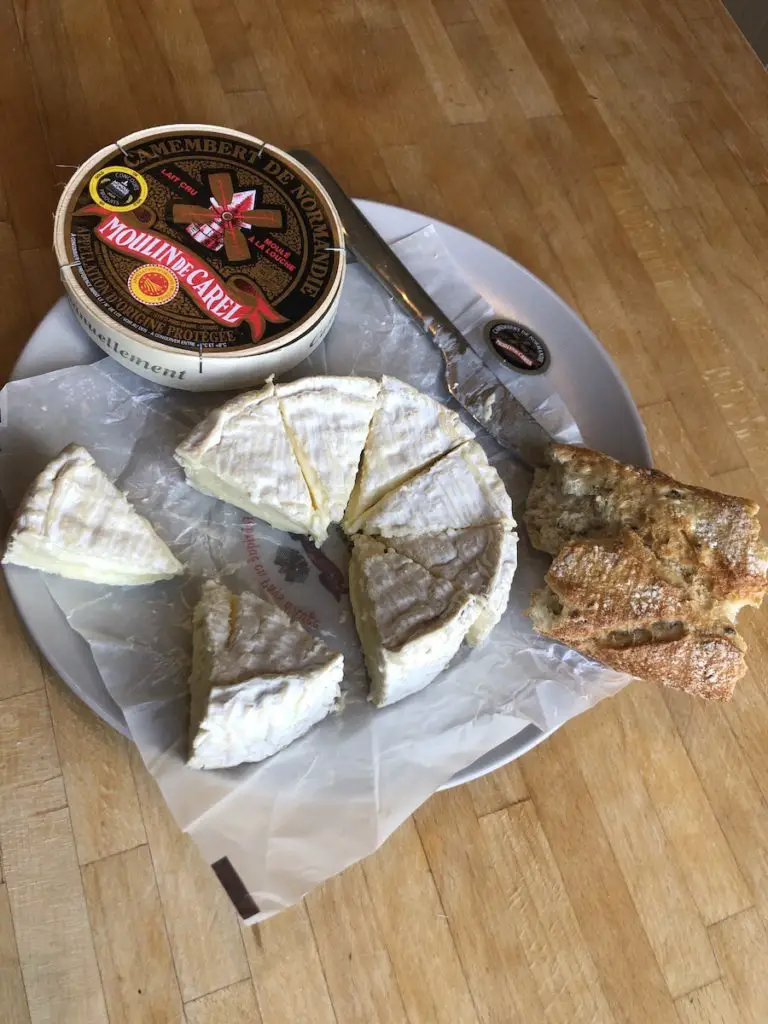
Protected Geographical Indication (PGI):
It is a certification of a product whose characteristics are given by the geographical place where at least the production, elaboration or transformation takes place.
Basically, AOP needs to meet all three requirements, while PGI can be only one of the three.
If you want to see an example you can read everything you need to know about French Raclette cheese.
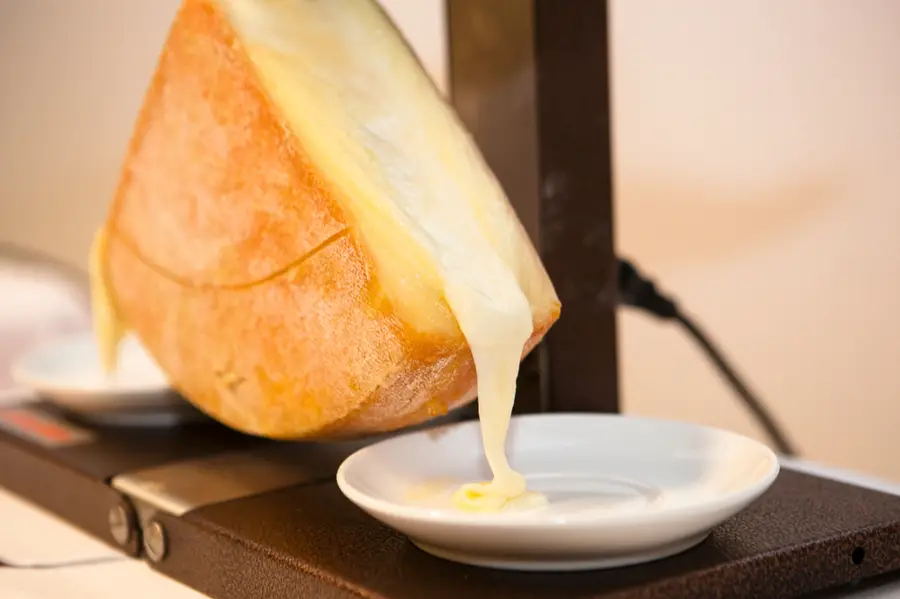
Here is the link to the EU quality schemes and the EU register of geographical indications, if you want to know more about it.
How much cheese do the French eat?
In 2012 France consumed up to 26.2 kilogram (57.76 pounds) of cheese per year per person or 71.78 grams (2.73 ounces) of cheese per day.
You can read more about it at “Le centre national interprofessionnel de l’économie laitière (Cniel)”. Can you imagine what that amount means? It is enough to put the French on the winners’ podium for cheese consumption, because France is an ideal cheese-making country.
Why does France have so many cheeses?
Due to its geographical location, France has a temperate climate that gives the country the ideal balance for livestock farming. Neither too hot nor too cold, it allowed the country to have large tracts of land and water for the development of grazing and forage areas. Everything you need for a dairy industry.
Wherever you go in France, you will see cows, sheep, and goats. There is no French countryside without these animals. Moreover, over the centuries, the ingenuity of the French people has developed a “savoir faire” that is now recognized throughout the world, making France a true cheese-making country.
What type of milk is used to make cheese in France?
Of all French cheeses, most are made from cow’s milk, although you can also find plenty of goat’s and sheep’s milk cheeses.
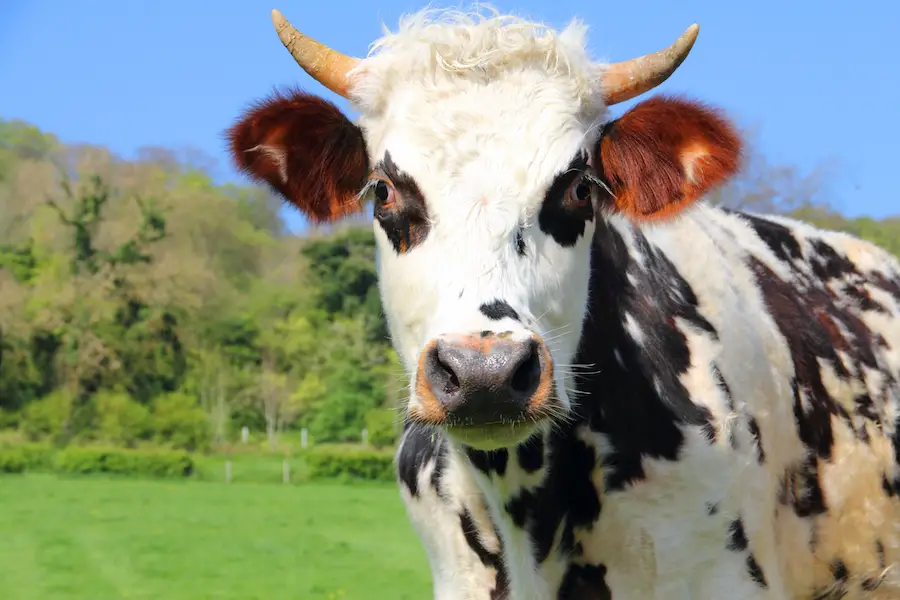
Which French cheese smells the strongest?
Although there are several, including Camembert de Normandie, Roquefort, and Munster, in general, mature soft cheeses smell stronger than other cheeses.
What are the most consumed French cheeses in France?
In 2019 according to CNIEL, 1 467 933 tones of cheese were produced in 2019.Although one would think that the French eat only mature cheese, the truth is that the French love fresh cheeses. In fact, the most consumed cheese according to FranceAgriMer in 2020 is Emmental with 164 606 tones of cheese followed by Petit Suisse with 71 290 tones consumed. These two leading cheeses are followed by Camembert with 48 594 tones, Raclette with 38 060 tones and Comté with 35 652 tones. The big difference between the leader and the rest of the cheeses is thanks to its versatility for cooking different dishes, it can be used for gratins, quiches, pasta, pizza, etc.
What is the oldest cheese in France?
Although there are cheeses that date back to the Middle Ages, such as Roquefort cheese, there are cheeses such as Cantal, which can be traced back to Roman times. Maybe this cheese really is the oldest cheese in France.
In the end, it is certain that in France you will spend many months or years creating anecdotes with friends and family around a table, tasting cheese. No doubt the French have milk in their veins and cheese in their heart.
Bon appetit !

